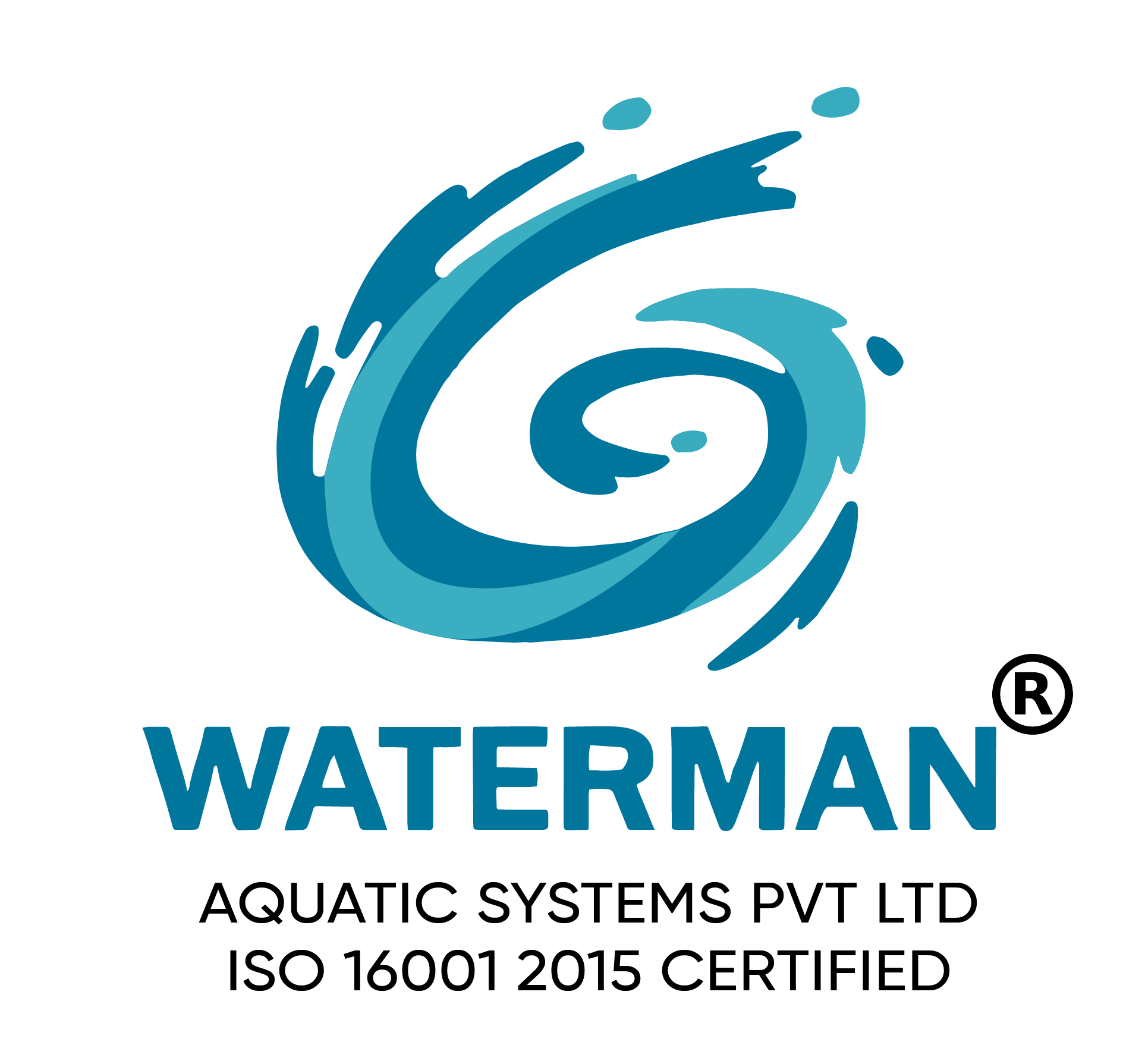As water scarcity intensifies globally, recycling and reusing wastewater is becoming an increasingly essential strategy to meet water demand. Water recycling also known as water reclamation provides a sustainable, reliable supply while conserving limited freshwater resources.
According to experts, the future points to massive expansion and innovation in water recycling, especially in cities. Here are some of the key predictions:
Widespread adoption of potable water reuse
Purifying wastewater to drinking water quality standards will likely become commonplace. Singapore already has a sizable water reclamation system providing indirect potable water.
On-site graywater reuse systems
Small-scale graywater recycling systems installed onsite in homes and buildings will proliferate. Simple filtration allows graywater to be reused for purposes like toilet flushing and irrigation.
Recycled water use in industry
Industries from manufacturing to energy production will turn to water recycling to meet their water needs instead of relying only on freshwater.
Advanced treatment technologies
Innovations in membranes, oxidation processes and disinfection techniques will make recycling cheaper and more energy efficient.
Water reuse for agriculture
Cities will pipe reclaimed water to farmers for irrigation as is done in places like California. This provides a reliable supply while reducing pumping from stressed aquifers.
More dual plumbing systems
New developments will integrate two sets of pipes for potable and non-potable water to supply recycled water for approved uses.
Direct potable reuse
Introducing highly treated wastewater directly into water distribution systems will emerge where indirect options are limited.
Better quality monitoring
Sensors and remote analytics will enable real-time tracking of recycled water quality and safer integration into supply systems.
Water recycling is poised to grow dramatically in the coming decades in both scale and technical sophistication. Despite some lingering public concerns, reusing wastewater is one of our best strategies to achieve water security in a water uncertain future. The environmental and economic benefits make this an essential direction for water resource management.


Leave A Comment
You must be <a href="https://watermanaqua.com/wp-login.php?redirect_to=https%3A%2F%2Fwatermanaqua.com%2Fpackaged-water-what-things-to-consider%2F">logged in</a> to post a comment.